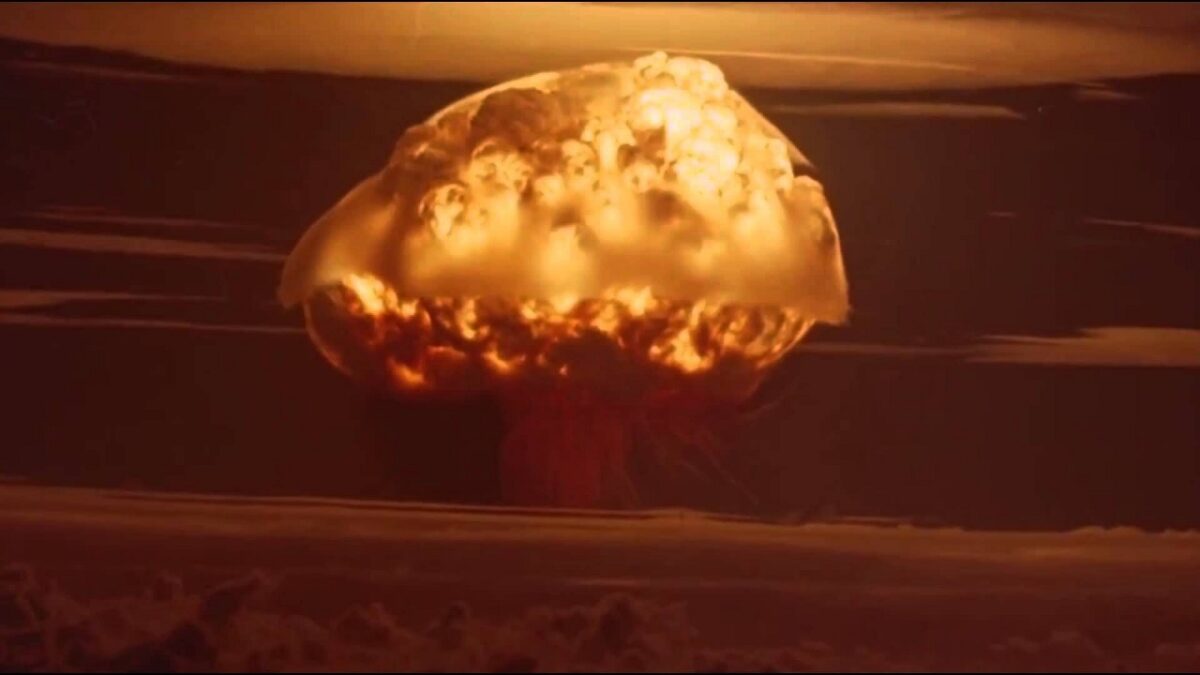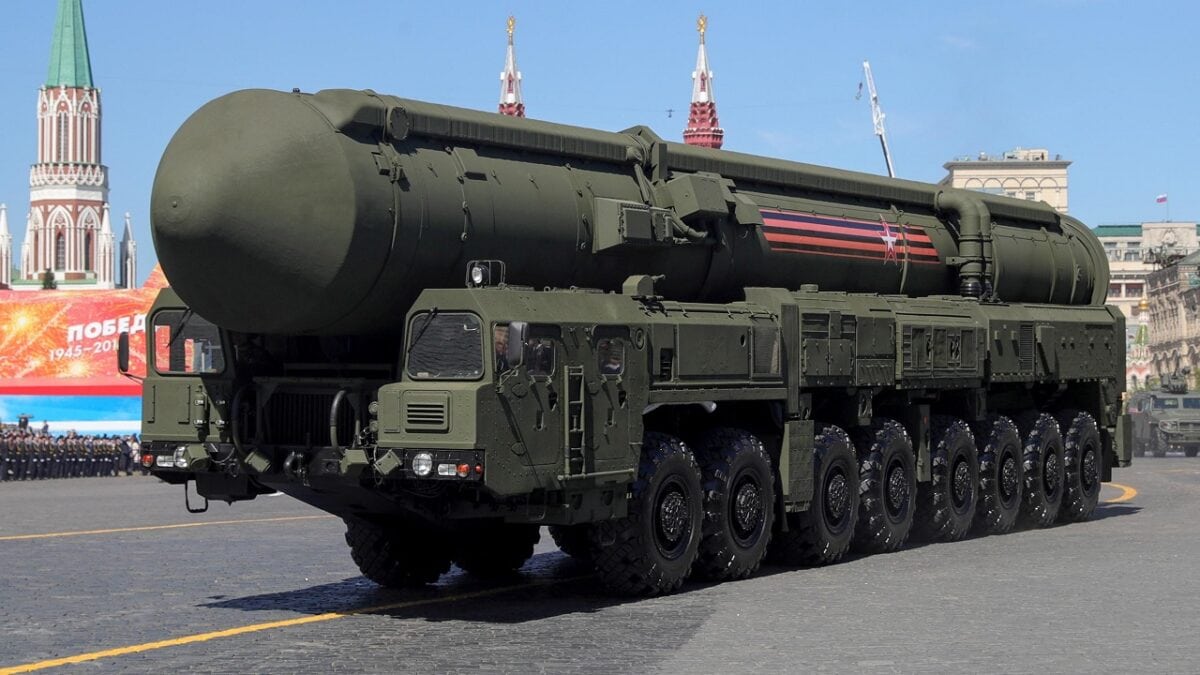Nuclear war suddenly seems more relevant than at any point since the 1980s.
Russia, the steward of the world’s largest nuclear weapon stockpile, is engaged in open conflict with Ukraine, while casually threatening to use a tactical nuclear weapon.
North Korea, the world’s most recent nation to attain nuclear weapons, is also openly threatening to use its nuclear weapons.
U.S. President Joe Biden is speaking in terms of a pending ‘armageddon,’ while comparing the current situation to the Cuban Missile Crisis. United Nations Secretary-General Antonio Guterres rated nuclear conflict as “within the realm of possibility.”
What Would a Nuclear War Look Like Today?
Forecasters assess that the chances of a non-test nuclear weapons explosion have risen to roughly ten percent. Typically, the chances of a non-test explosion are pegged around one percent – so, a one thousand percent increase in the likelihood of nuclear weapon deployment. Accordingly, world leaders, and many world citizens, are on edge, asking for the first time in a generation: what would nuclear war look like?
One Study Has Thoughts
A study from Rutgers University proposes that even a “limited” nuclear exchange would have drastic consequences for the human race.
For example, a limited exchange between India and Pakistan, the study found, has the potential to decimate global food supplies, leading to rampant death worldwide. The Rutgers team found that such an exchange, involving less than 3% of the world’s stockpiles, could kill a third of the world’s population in just two years.
And a large-scale nuclear exchange, something between the US and Russia? That could wipe out three-fourths of the world’s population, again, in just two years.
“It’s really a cautionary tale that any use of nuclear weapons could be a catastrophe for the world,” the study’s author, Rutgers climate scientist Alan Robock, said.
Nuclear War Means Earth Is Changed Forever
Robock’s study was the first to closely consider the disruption nuclear war would cause to the climate and to food supplies. The results were harrowing. If even a handful of the world’s several thousand nuclear weapons were detonated, massive firestorms would result. The firestorms would kick up soot. The soot would block the sun. With sunlight blocked, the atmosphere would cool. The cooling of the atmosphere would impact everything from crop production to fish harvesting. The result: a nuclear exchange, which killed tens of millions in the immediate war zone, would eventually lead to hundreds of millions of deaths, worldwide, from starvation.
“In my opinion,” Robock said, “our work is an existential threat to nuclear weapons – it shows you can’t use nuclear weapons. If you use them, you’re like a suicide bomber. You’re trying to attack somebody else but you’ll die of starvation.”
India and Pakistan: Biggest Nuclear Challenge
Robock’s team paid special attention to the consequences of a nuclear exchange between India and Pakistan – for, despite the saber-rattling between the US and Russia, India and Pakistan, who share a border, contested territory, and comparable nuclear arsenals, remain the most likely nations to engage in nuclear war.
If the two countries targeted one another’s urban centers with nuclear weapons, Robock’s study found that explosions, fires, and radiation would kill 127 million people in South Asia; 37 million metric tons of soot would be kicked into the atmosphere; global temperatures would plunge by more than 5 degrees Celsius – to levels not experienced since the last Ice Age. The temperature drop would destroy food production, so much so that “calories available from major crops and fisheries” would fall “by up to 42%,” resulting in a famine that would kill over 2 billion people worldwide.
5 Billion Dead in a U.S.-Russia Nuclear War
An exchange between the US and Russia, while less likely, would be more catastrophic: an estimated 5 billion people would die worldwide – perhaps as many as 6.7 billion at the higher end of the estimates.
“But any of the nine nuclear-armed nations, which also include China, North Korea, France, Israel and the United Kingdom, have enough firepower at their fingertips to cause immense worldwide suffering and death, with soot rising into the sky and touching off a domino effect of catastrophic cooling and famine,” Alex Wigglesworth reported for the LA Times.
While Robock’s study is unlikely to be perfectly precise – the takeaway is obvious: nuclear war will have ramifications that extend far beyond the initial detonation, potentially to the point of endangering human existence.

Nuclear Weapons Nukemap Website. Image Credit: Screenshot.

Nuclear Weapons Test.

Cold War Nuclear Weapons Test. Image Credit: Creative Commons.

MAY 9, 2018: An RS-24 Yars mobile intercontinental ballistic missile system rolls down Moscow’s Red Square during a Victory Day military parade marking the 73rd anniversary of the victory over Nazi Germany in the 1941-1945 Great Patriotic War, the Eastern Front of World War II. Sergei Bobylev/TASS.
MORE: Why Putin Fears the M1 Abrams Tank
MORE: I Went to War in the Leopard 2 Tank Ukraine Wants
Harrison Kass is the Senior Defense Editor at 19FortyFive. An attorney, pilot, guitarist, and minor pro hockey player, he joined the US Air Force as a Pilot Trainee but was medically discharged. Harrison holds a BA from Lake Forest College, a JD from the University of Oregon, and an MA from New York University. He lives in Oregon and listens to Dokken. Follow him on Twitter @harrison_kass.

